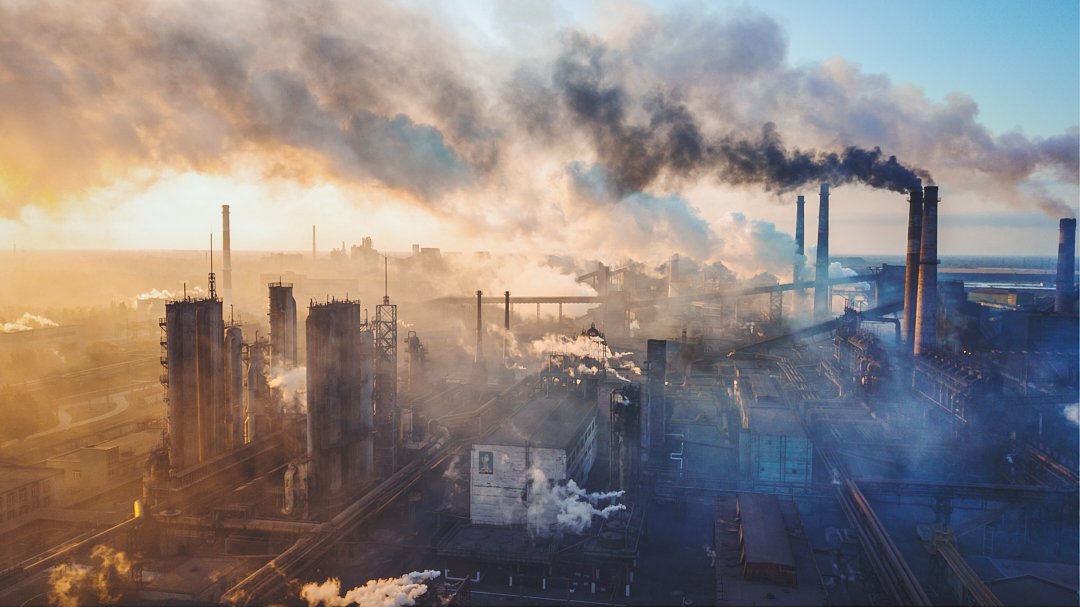#19 Chemical Production
Are you aware that since 1950, there have been over 70,000 new chemical compounds invented and dispersed into our environment? Did you know that over 150 of these chemicals can be found inside your home – and are connected to allergies, birth defects and cancer? The toxicity levels in our homes are staggering. Chemical pollution is extremely hazardous to our health – and is detrimental to the health of our planet.
Clean But Toxic.
People purchase cleaning supplies with the expectation of having a clean home. Unfortunately, most individuals have no idea of the effects of the harmful chemicals lurking in their homes. Studies show that women who work in the home have a 54% higher risk of getting cancer than those who work outside the home. Why is this the case? The reason – toxic household chemicals. Take a look at these facts regarding household chemicals.
Facts on Household Chemicals:
If it’s poisonous to humans and animals, it is poisonous to the environment.
The term “non-toxic” has no official definition. Any product can claim to be non-toxic and still contain hundreds of toxic chemicals.
If a cleaning product is listed as green, natural or biodegradable – it does not mean that it’s non-toxic.
Chlorine bleach is classified as a pesticide under the Federal Hazardous Substances Act.
The Environmental Protection Agency names phosphorus, nitrogen, ammonia, and chemicals grouped under the term “Volatile Organic Compounds,” as the worst environmental hazards in household cleaners.
Liquid dish soap is the leading cause of poisoning in the home for children under the age of 6. Most brands of liquid dish soap contain formaldehyde and ammonia.
Detergents are also responsible for many household poisonings from accidental swallowing.
Chemicals in many cleaners are common environmental pollutants that contribute to smog, reduce the quality of drinking water and are toxic to animals.
Plastic bottles used to package cleaning products pose another environmental problem by contributing to solid waste in landfills.
How Can I Make An Impact?
Action 1: Global Goodness
Opt for eco-friendly and organic cleaning supplies.
Read the label. Though most cleaners don’t share their ingredients, they will share a warning if they are toxic. Look for words like Danger, Warning, Hazardous, or Poison.
When ingredients are listed, choose products derived from plants – not petroleum.
You can protect water and marine life by refusing to purchase detergents containing phosphates.
Action 2: Planet Protector
All of Action 1.
Reduce packaging waste by buying in bulk.
Skip the furniture polish. Instead opt for a cloth with a little olive oil.
Give soap nuts a try. They are made from the dried fruit of the Chinese Soapberry tree. You can find them online and in some specialty grocery stores.
Action 3: Earth Angel
All of Actions 1 & 2.
Research the internet for healthy alternatives to common products – as you can find a replacement for almost every product.
Keep it simple by making it yourself. You can easily cover your household cleaning duties with ingredients such as vinegar, baking soda, and lemon juice. Click the link for an easy, organic, all-purpose cleaner that works and smells great. https://www.diynatural.com/homemade-all-purpose-cleaner/#cookbook-recipe-23960
Choose to be an Ambassador for Change, and always Spread Loveand Spread Light.


